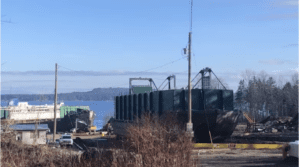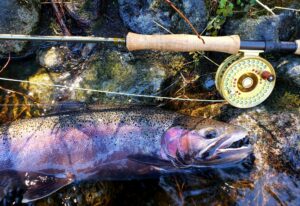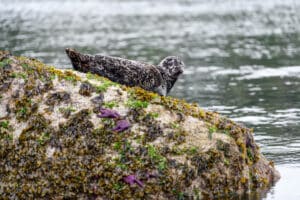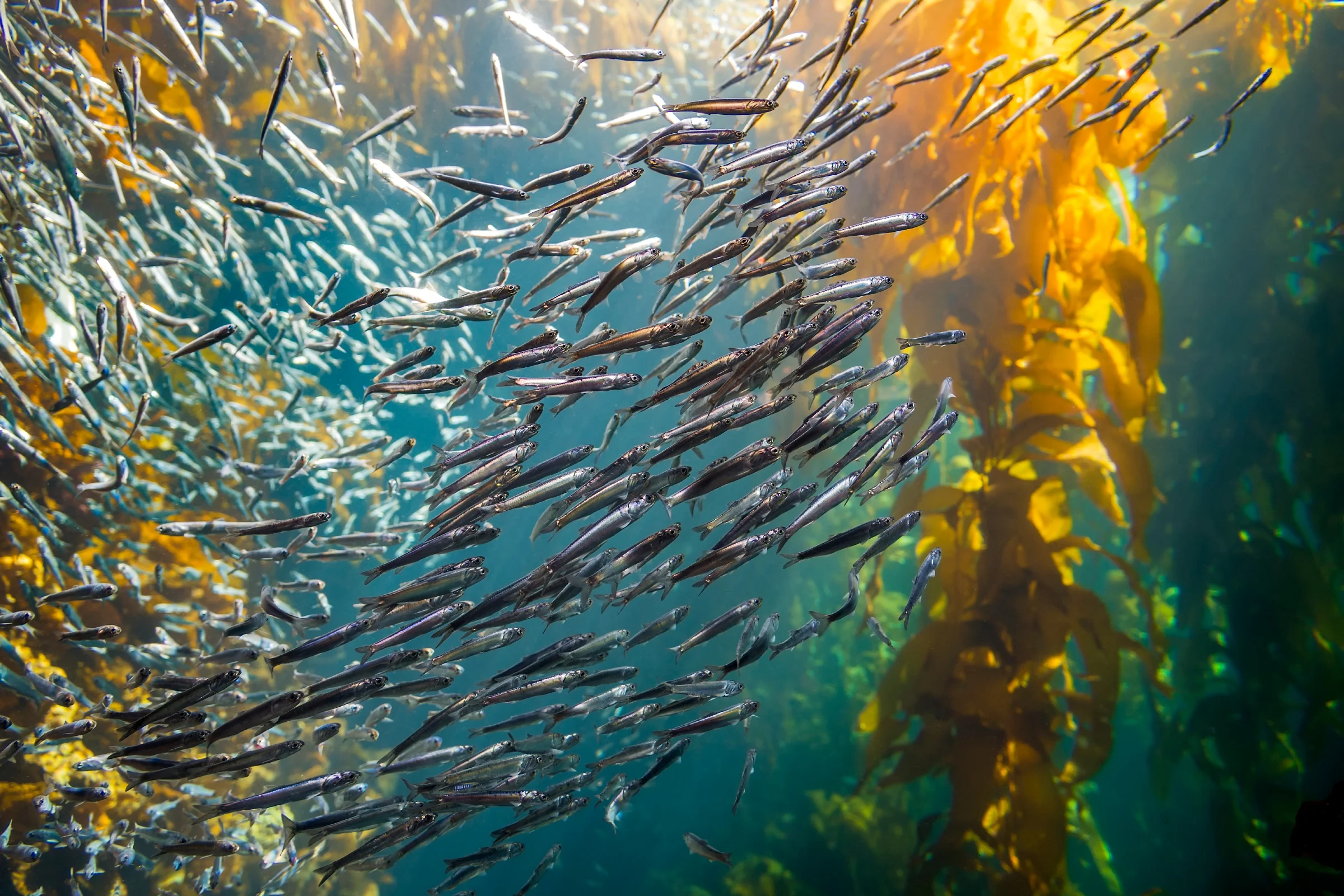
Marine Protected Areas (MPAs) are often viewed solely as conservation tools. However, a recent study is highlighting their significant economic advantages to fisheries and tourism, debunking the skepticism about their financial impact. Research led by Mark John Costello, a professor at Nord University, dives into the economic aspects of MPAs and found positive outcomes for commercial fisheries in 25 countries and for tourism in 24 (including Canada), with benefits observable in diverse ecosystems such as coral reefs, kelp forests, and mangroves.
The study underscores that MPAs contribute to increased fish stocks, higher reproductive outputs, and substantial “spillover” effects where juvenile and adult fish move into fishing areas outside the MPAs. This challenges the notion that MPAs merely displace fishing activities without providing tangible benefits. In fact, the research shows no evidence of net economic losses to fisheries due to MPA implementation at any point in time. Costello analyzed 81 publications about MPAs in 37 countries, and not one of those studies reported decreased catch rates.
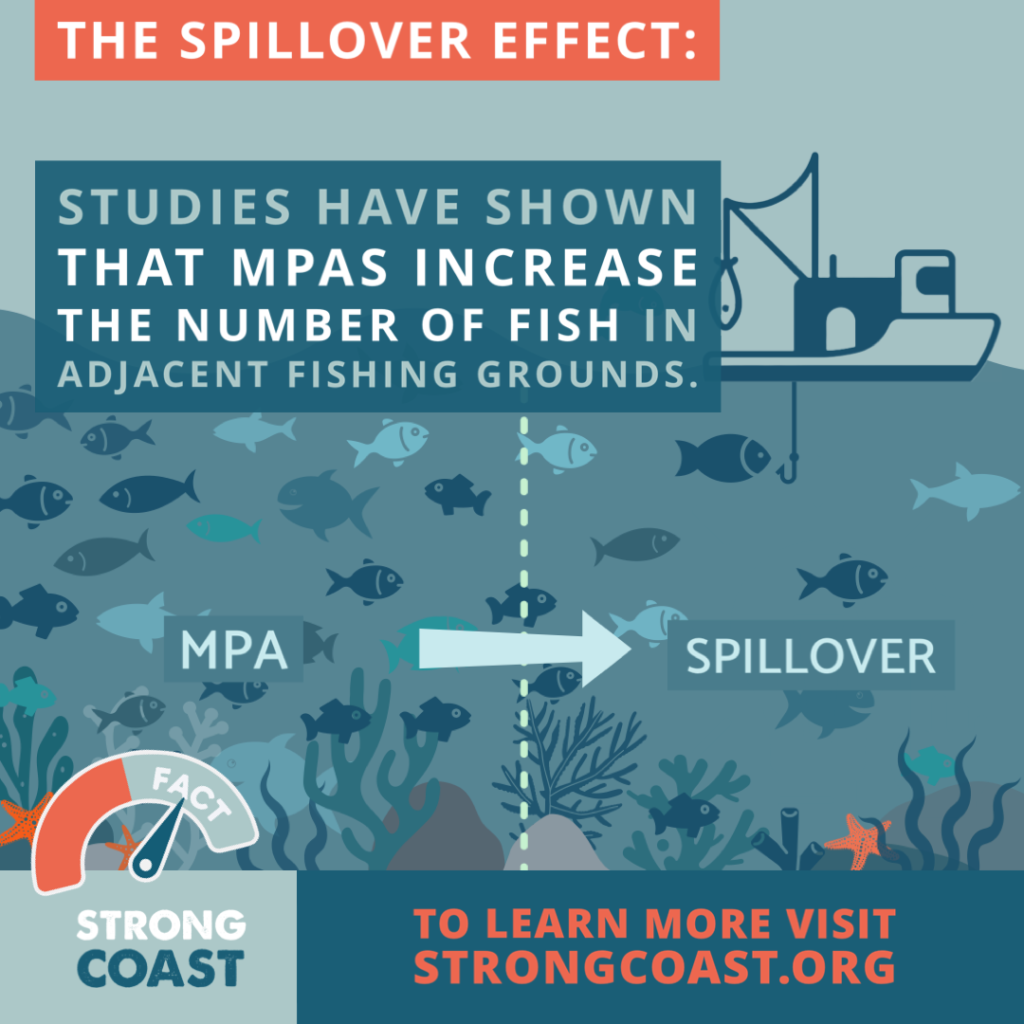
Flawed Fishery Models
One key issue Costello examines is the traditional economic models typically used to evaluate the costs of MPAs on fisheries. These models often fail to consider the ongoing management costs of unregulated fisheries and do not account for the long-term benefits of stock recovery within MPAs. Costello advocates for a radical overhaul of these models to reflect the true economic gains from MPAs, suggesting that fully protected areas yield greater ecological and economic returns than those allowing limited fishing activities.
“MPAs act like a reservoir to replenish adjacent fisheries.”
Mark John Costello, Professor, Faculty of Biosciences and Aquaculture at Nord University

The Ecotourism Opportunity
Marine protected areas (MPAs) also provide the opportunity for local communities to generate millions of dollars in tourism revenue every year.
Costello’s study of MPAs in countries like Mexico, Australia, France, and Italy found that every MPA generated an average of 40 jobs and USD $2.7 billion in entrance fees alone.
One key takeaway is that no-take and no-kill MPAs are the most successful at generating benefits to fisheries and biodiversity, while also consuming the least costs for management.
“MPAs shift the management of fisheries from being purely a commercial commodity to include the wider socio-economic benefits they provide to coastal communities. This includes food security, cultural activities, and sustainable likelihoods.”
Mark John Costello, Professor, Faculty of Biosciences and Aquaculture at Nord University
Costello deemed MPAs to be “a simple, viable, low-tech, and cost-effective strategy” to “reverse fishery declines, secure food and ecosystem services, and enable the sustainable exploitation of marine resources.” In BC, protected areas have created jobs for Guardians who, in addition to safeguarding the protected area, also engage in cultural exchange and education activities.
Read more here.

